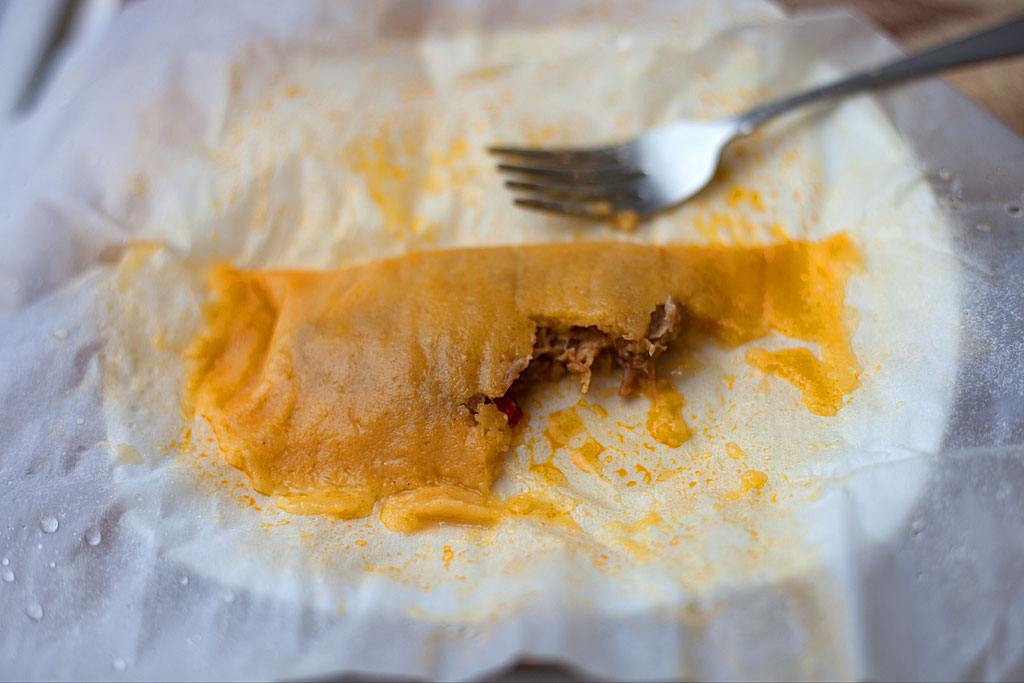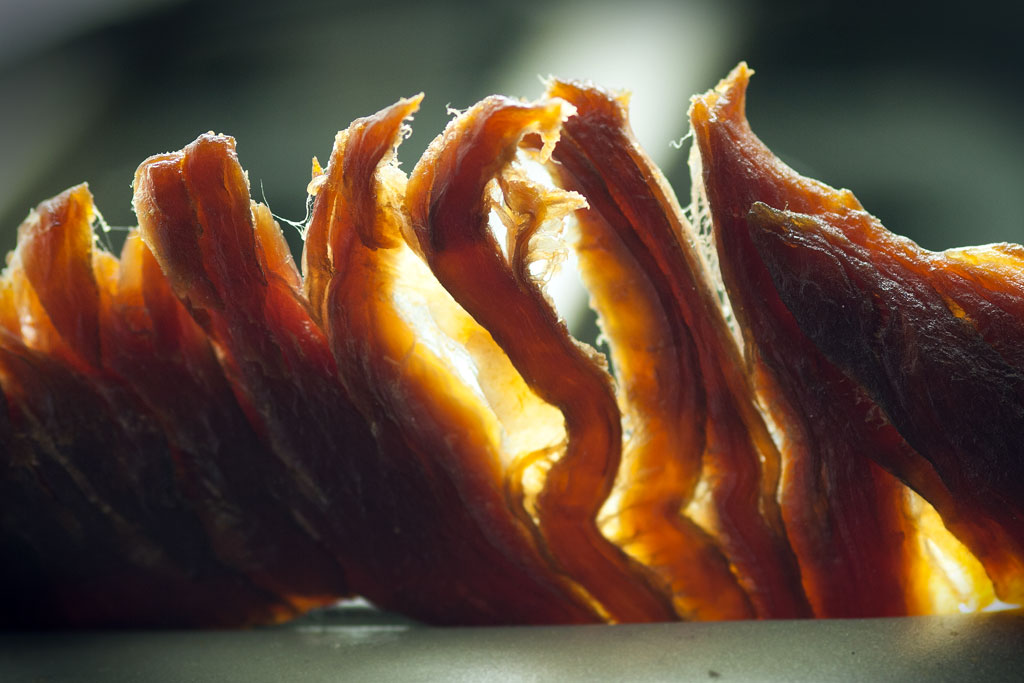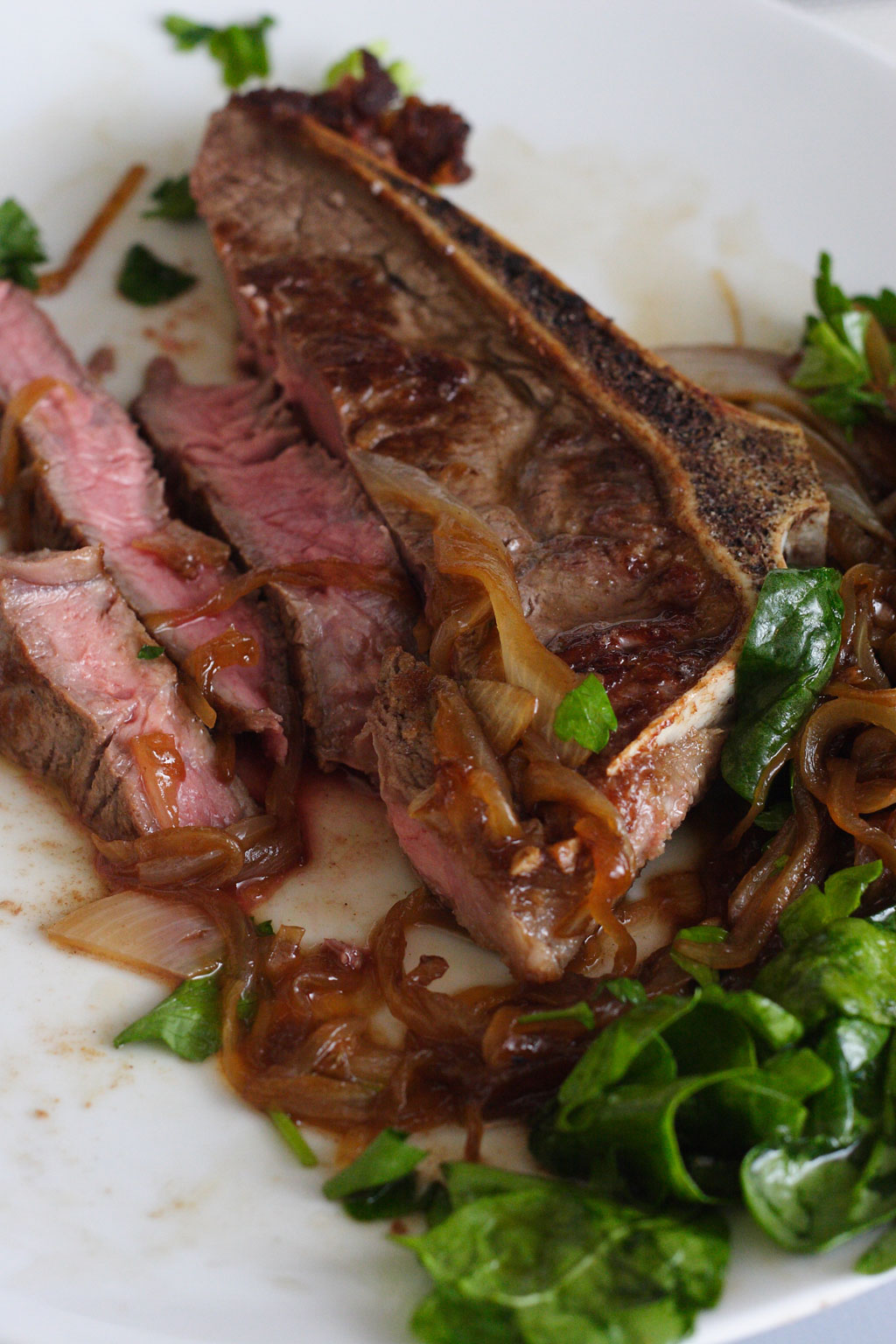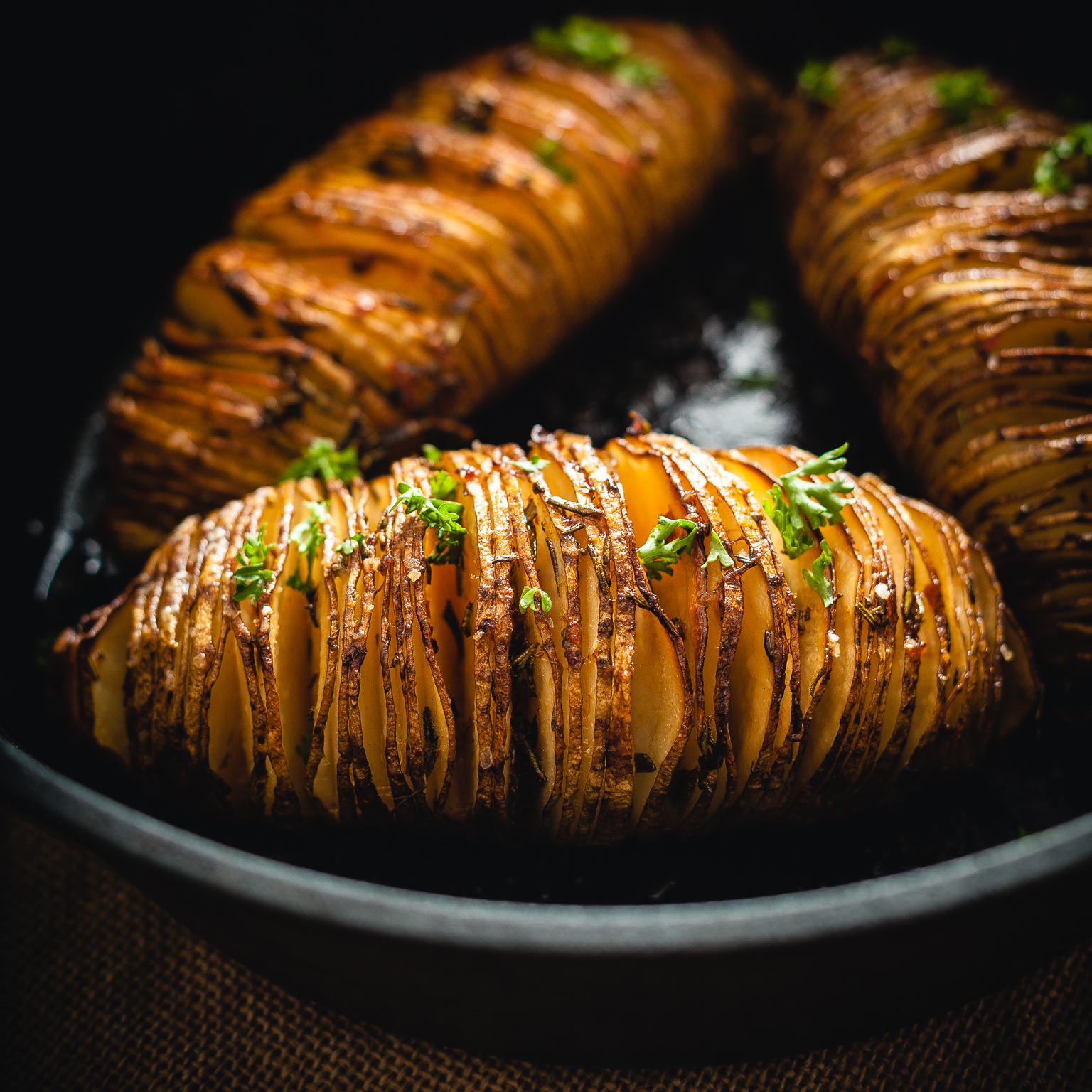Any tradition-freak out there probably needs to skip this. Hallacas are a Venezuelan dish eaten only during Christmas, mostly because of its labor-intensive preparation requires family members to gather to make this delicious meat-stuffed-masa-dough-patties for lack of a better way to describe them. They’re also wrapped in plantain leaves and then boiled. They are similar to the Puerto Rican pasteles, or the popular Mexican tamale. If interested, here’s the traditional recipe. If interested in a different approach in which I replace the plantain leaves with parchment paper, continue reading, it is sort of interesting!!!
En Papillote means cooking in a paper bag, usually by baking which isn’t exactly what I’m doing with my hallacas, I boil them in water, but the concept is similar enough. These can also be baked, just make sure enough moisture is in the dough before throwing them in the oven. But regardless of semantics, here is my simplified way of cooking hallacas.
Plantain leaves are difficult to find, must be washed carefully, which takes a lot of space and time to do. Also, they need to be roasted slightly to increase their pliability, a little roasting breaks down the cellular walls and makes them less prone to breaking. The folding and tying also require a lot of time… in fact, it is this whole plantain leave business that makes me hesitate every Christmas I am planning to make this dish.
Here’s what I’ve come up with. Once I find the leaves, usually at Mexican food markets.
01: Cut them up in smaller pieces 4″ by 4″
02: Rinse them in plenty of water. A lot easier than cleaning them whole.
03: Place them in the pressure cooker.
04: Add some water and a little salt.
05: Pressure cook for 20 minutes.
The purpose is to extract the flavor of cooked plantain leaves. This infuses hallacas and gives them their recognizable flavor. With the extracted plantain leaf stock, we control the process and making hallacas becomes a LOT easier.
Another component of the Christmas flavor of hallacas is found in the brine used for the alcaparras or capers. That brine is precious and should be added to the corn flour as well.
PERK: this plantain leaf stock can be frozen and reused anytime. No more having to go find these leaves and keeping them fresh and nice, ready. It really simplifies the whole process incredibly.
To make the dough:
Make sure to cool off the extract before mixing with the dough, otherwise, starches in the flour will activate and the dough will become a sticky mess.
Mix corn flour, chicken stock, pork jus, papelon, salt, plantain leaf stock, and caper brine. Taste, taste, taste.
Anatto diluted in oil, add to the dough as needed until you reach the desired color.I flavor this dough, adding bits of each component at a time until I’m happy with the flavor. The dough should be yummy on its own, like when you can’t stop eating something. Use plenty of anatto to color the dough, we’re going for a beautiful orange finish.
The hallacas still need to be wrapped before boiling. Parchment paper fits the purpose nicely. And wrap them into little packets. I don’t tie them up and skip that step altogether. I’m just careful when I boil them.
done!
Wanna get more sous-vide cooking guides and cool cooking how-to’s in your mailbox? You know what needs to be done!
We never spam. You should only be getting updates when new content is posted on the site. We also respect your privacy. We don’t share your email address with anyone and you can unsubscribe anytime!









4 comments
Never heard of these. Very inventive method. We have a plantain tree in our backyard 🙂
then you should have no issue finding them 🙂 I sometimes go to the store and dont find them, or they are wilted, or too green… its always an adventure. But when I find ones I like, I can extract the stock and keep it frozen. I love the flavor for certain dishes.